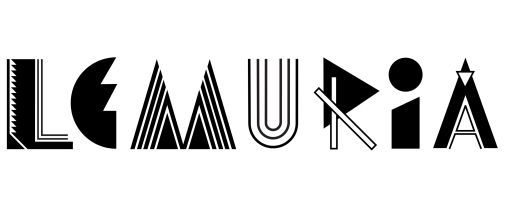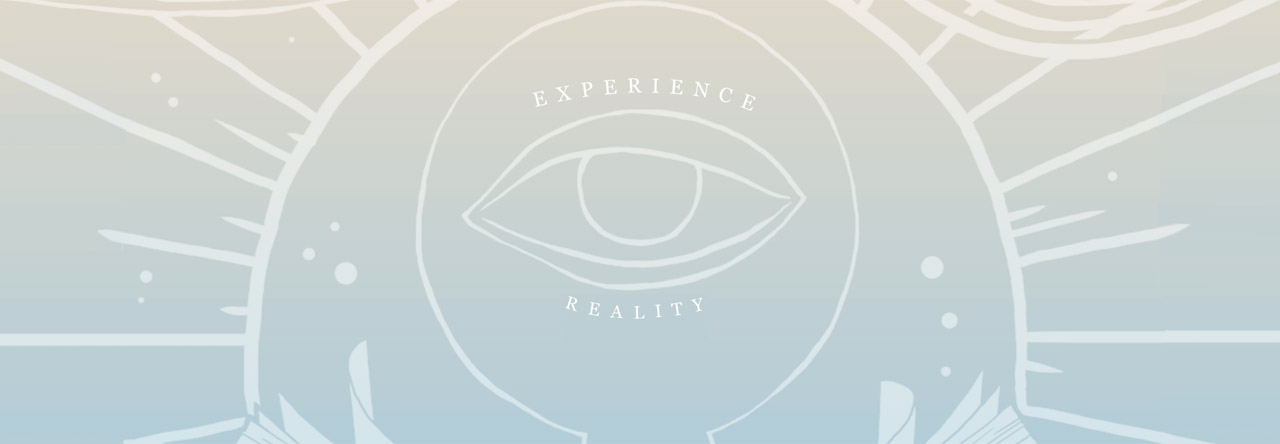 The Invisible Gorilla and Other Ways Our Intuitions Deceive Us by Christopher Chabris and Daniel Simons
The Invisible Gorilla and Other Ways Our Intuitions Deceive Us by Christopher Chabris and Daniel Simons
(Crown, 2010)
Chabris and Simons shared the 2004 IG Nobel Prize in psychology for their now famous “Gorilla Experiment”. While teaching at Harvard 12 years ago, this single experiment launched a whole new wave of ideas on how we think about ourselves, our judgments, our reactions, and our intentions. Invisible Gorilla sheds light on the traps that we unknowingly lead ourselves into, not knowing that these traps even exist. Hopefully reading this book will help us to become clearer thinkers and thus prevent problems caused by our erroneous views of reality.
Invisible Gorilla is focused on six everyday illusions that profoundly influence our lives. The illusions of:
1) Attention: Our overestimation of our intelligence, attractiveness, sense of humor, etc.
2) Memory: Our recollection of events based loosely on reality.
3) Confidence: Our self-assurance confusing confidence with competence.
4) Knowledge: We know less than we think we do.
5) Cause: We mistake correlation for causation.
6) Potential: Loosing sight of our limitations.
The authors explain in detail how these illusions affect us, the consequences they have and how we can overcome or minimize their impact.
I especially enjoyed the ending chapters. “Get Smart Quick” explores our misconception about perceived healthy mental habits: listening to Mozart makes you smarter or working crosswords prevents Alzheimer’s disease. This chapter does confirm our need for aerobic exercise and that blood flow to the brain and physical health may be our best tools for healthy mental awareness.
Chabris and Simons acknowledge in the conclusion the immense trust we have in ourselves and how difficult it is to be honest with our internal reactions and judgments. The Invisible Gorilla is a tool to help us tune up our daily mental vehicle allowing our physical self to run more smoothly.






 There is a special category of non-fiction books that I call just simply great books. You know the ones that you read and you don’t think “this is a book for a gardening person, or a sports fan, or the outdoor type” but instead you say this is a great book. Like I said this category is the “great books” category. In the store I created a section called “culture” – in the beginning it was secretly my way of keeping all of the books I like or want to read in the same place so I either won’t forget to sell them or forget to read them. Examples would be
There is a special category of non-fiction books that I call just simply great books. You know the ones that you read and you don’t think “this is a book for a gardening person, or a sports fan, or the outdoor type” but instead you say this is a great book. Like I said this category is the “great books” category. In the store I created a section called “culture” – in the beginning it was secretly my way of keeping all of the books I like or want to read in the same place so I either won’t forget to sell them or forget to read them. Examples would be 



